
Birds Descendants of Dinosaurs


Birds Objectives
-
Discuss the ancestry of modern birds, including evidence of relatedness to reptiles, and more specifically, dinosaurs.
-
Match bird beaks to the types of foods birds eat.
If you are searching for wild vertebrates to study, birds are typically the easiest to find. Put out some seed and water, or sit quietly by a bush, and you are not alone for long.
This section provides a context for birds you may encounter in your studies.
This video uses a field guide to introduce the birds you are likely to encounter.
Bird Orders
There are approximately 46 bird orders. Here is a sample of ones you are likely to encounter.
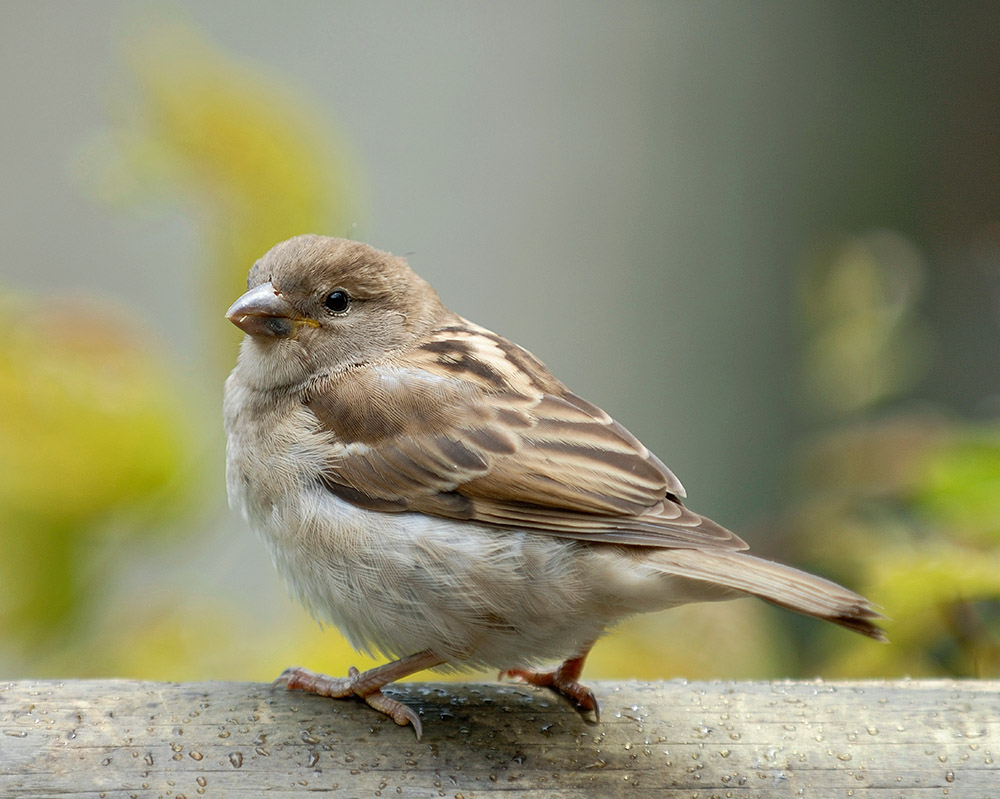
Order Passeriformes
These are the perching birds, sometimes called the “songbirds.” These account for over half of all bird species. Sparrows, finches, crows, and more.
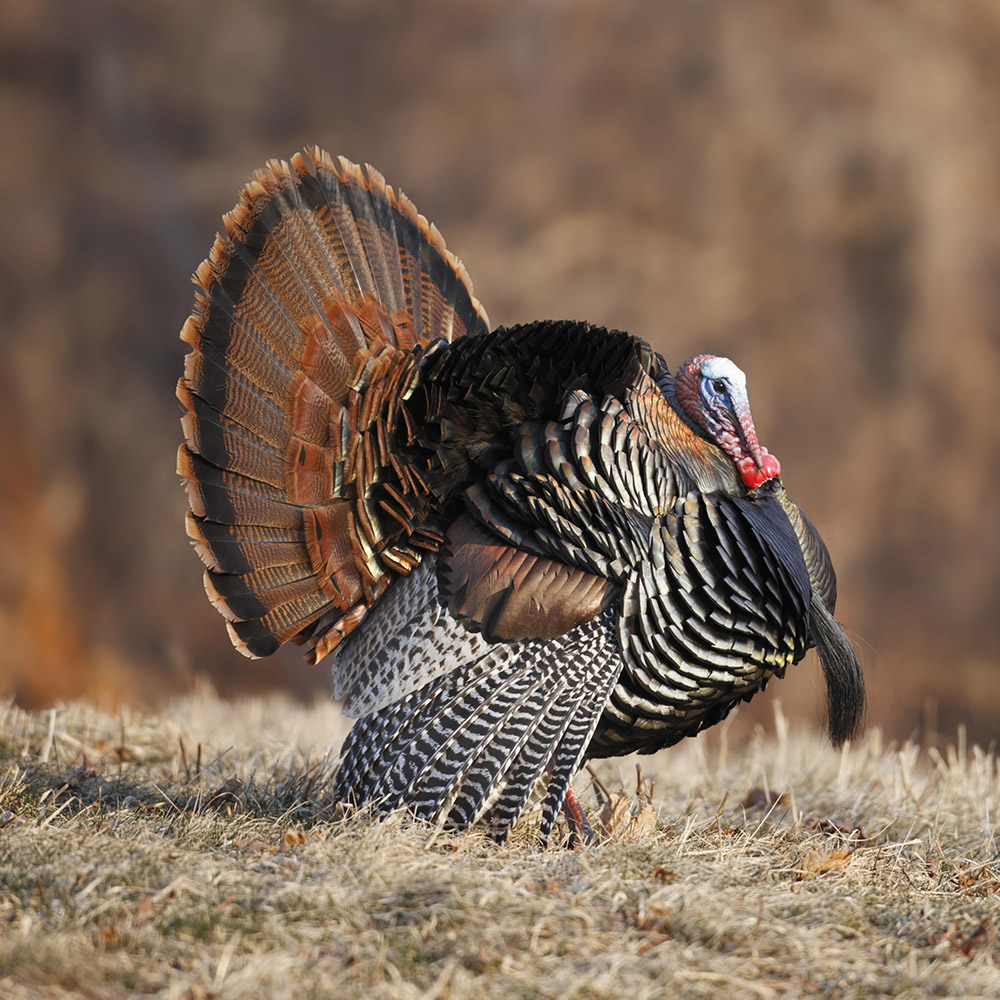
Order Galliformes
Large ground-feeding birds that are significant to humans. Includes turkeys, quail, pheasants, and chickens.
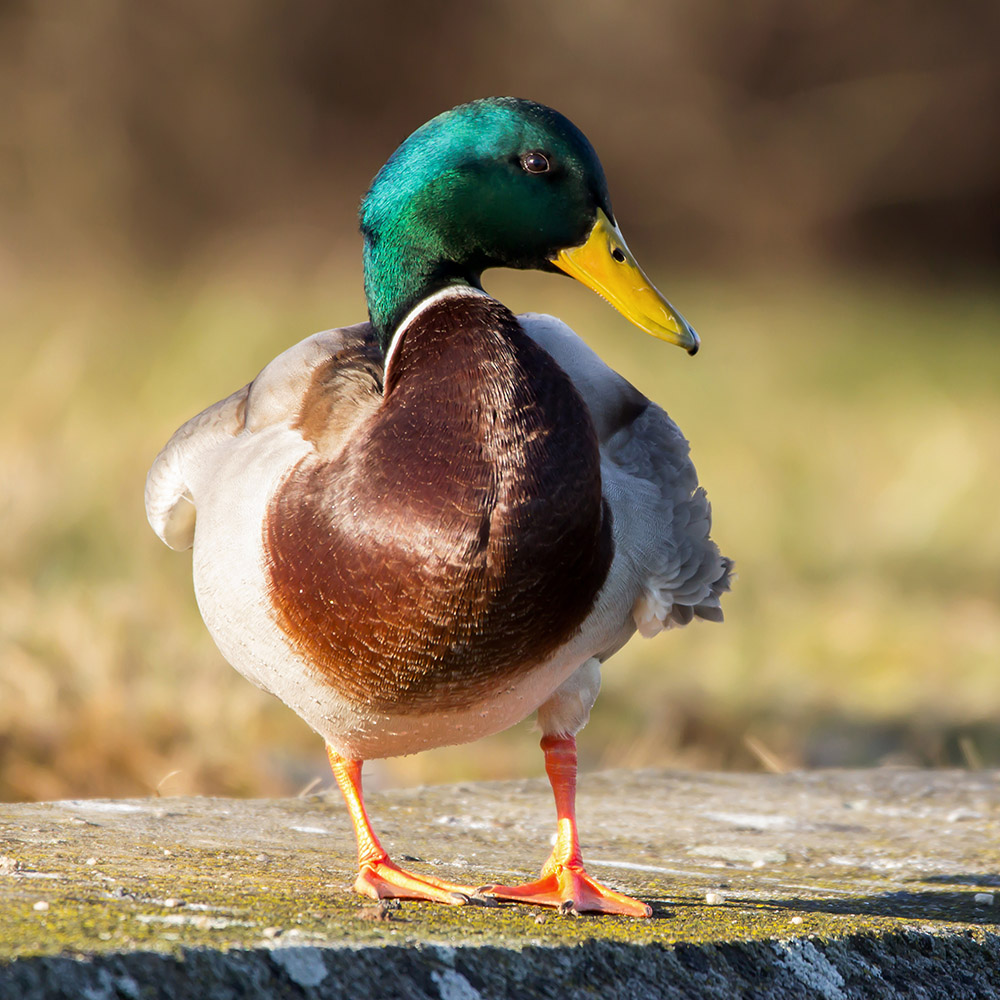
Order Anseriformes
Includes many of the waterbird species, including ducks, geese, and swans.
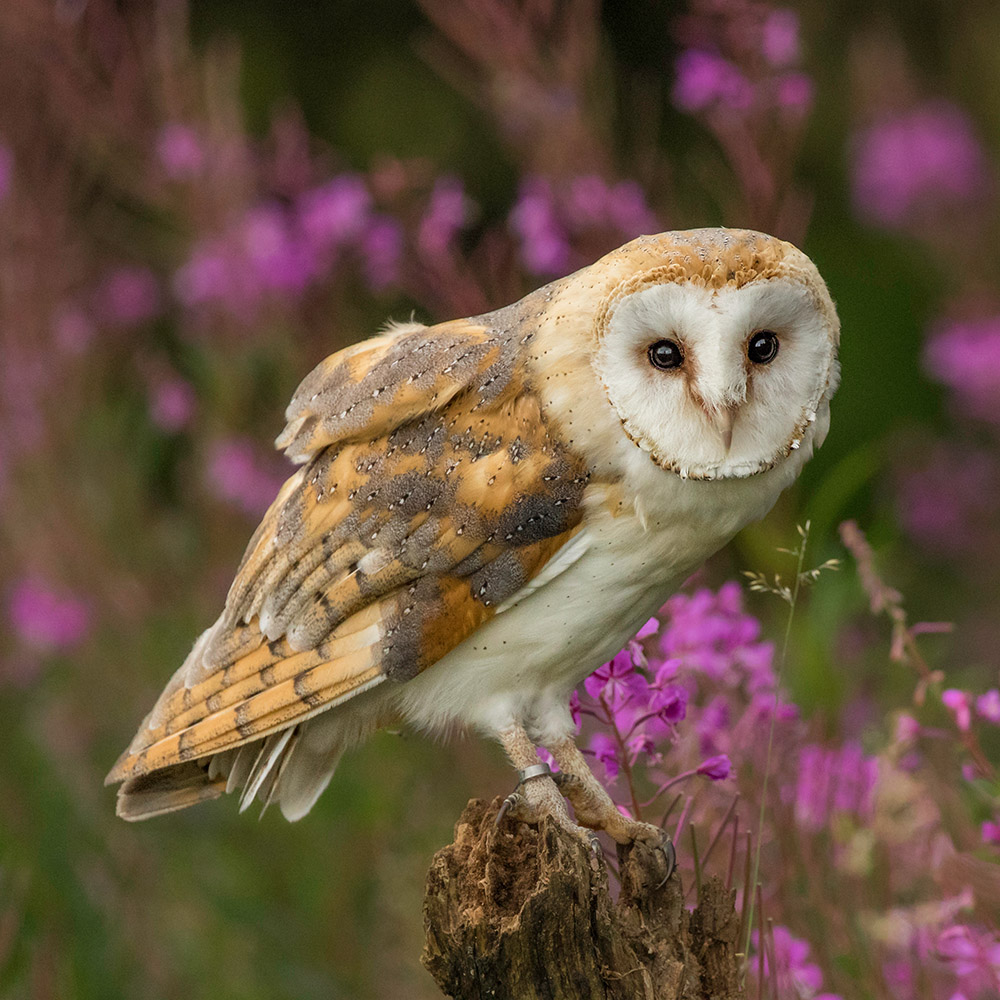
Order Strigiformes
Unique body form and binocular vision, these are the owls.
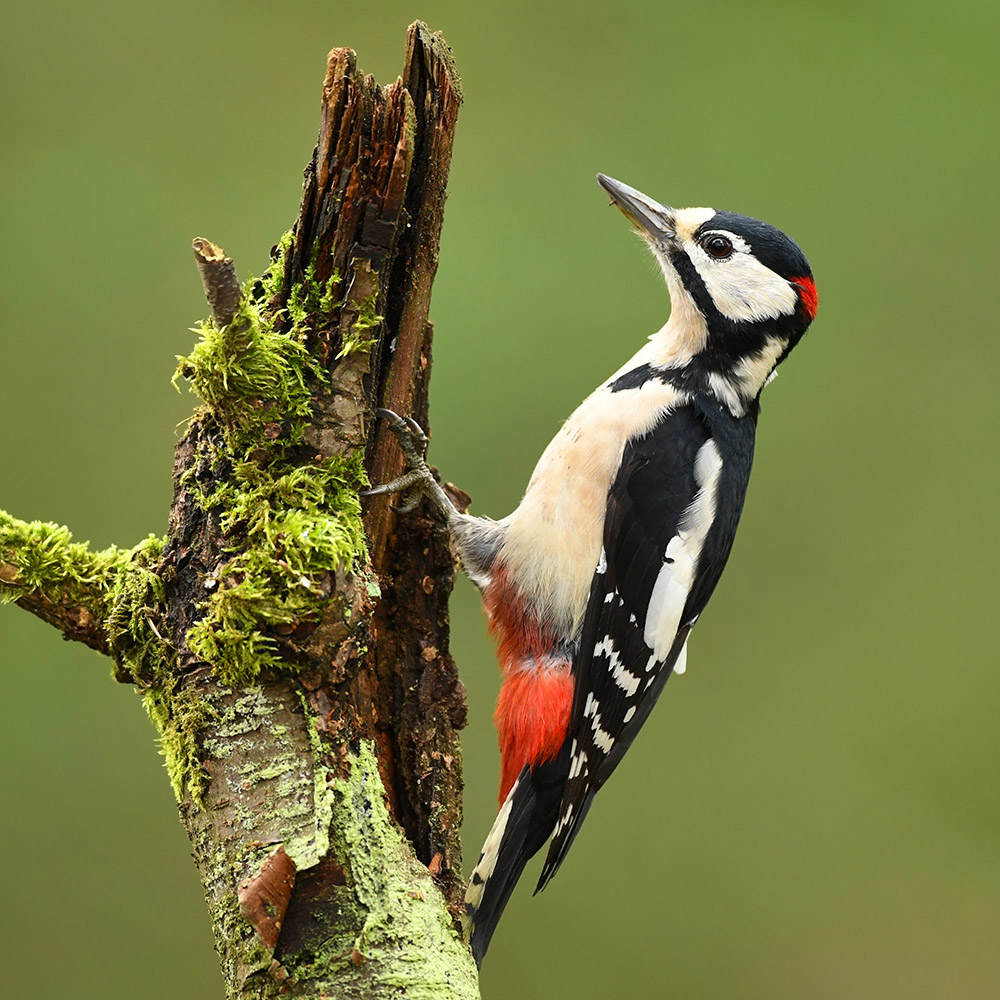
Order Piciformes
Parrot-like feet that used to hang on to vertical surfaces, this order includes the woodpeckers.
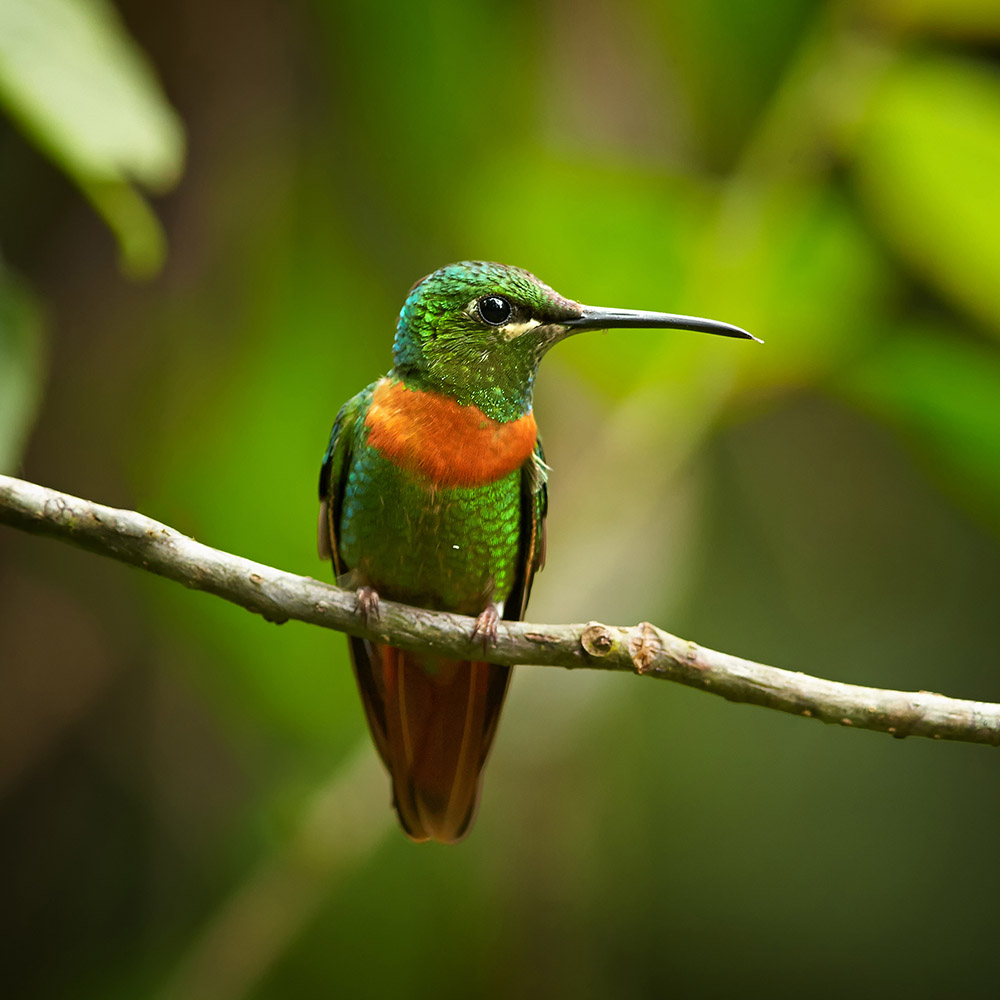
Order Apodiformes
Small birds with nectar-feeding beaks. These are the hummingbirds.

If you have been around chickens, you may totally buy that there are little dinosaurs. It’s not just the behaviors and body form, details like the skin on the legs are reminiscent of reptilian scales.
This video walks through the ancestry of modern birds.
Pterosaurs and Archaeopteryx both had wings, but were different lineages of reptiles.


Fruit bats have wings for flight like butterflies and birds. This is an example of convergent evolution, the mutations leading to wing structure arose multiple times in evolutionary history.
Bird Beaks
Science teaching and learning depends on preserved specimens, replicas, models, and illustrations. We are using a combination of these to introduce the relationship between bird beaks and the food they eat.
Birds need an enormous amount of energy to sustain flight. This video introduces differences in beaks between meat-eating birds and birds that eat high-energy seeds and nectar.
The figurine models are high enough quality to demonstrate relative beak shape and size.
These preserved specimens show three dramatically different beak types.
Note: these specimens are 20+ years old, so in this case I’m not wearing gloves, although cloth “curatorial” gloves would be appropriate to minimize specimen damage.
In this video beak types are demonstrated using replicas. Replicas are often cast from real specimens, using materials that are less likely to fall apart. They also make it possible to work with structures like toucan and osprey beaks that you would not be able to collect.
Paper models are inexpensive and easy to replicate in a home or classroom. There is a long history of paper craft in education. This video introduces new beaks with two-dimensional models.
This Diatryma model demonstrates that just because a beak is large, it doesn’t mean the bird is (or was) a predator.
Beaks are also used for other tasks including nest building and caching behaviors, so shape and size may relate to other uses.
The next section introduces how to identify birds based on their structures.

Check your knowledge. Can you:
-
discuss the ancestry of modern birds, including evidence of relatedness to reptiles, and more specifically, dinosaurs?
-
match bird beaks to the types of foods birds eat?



